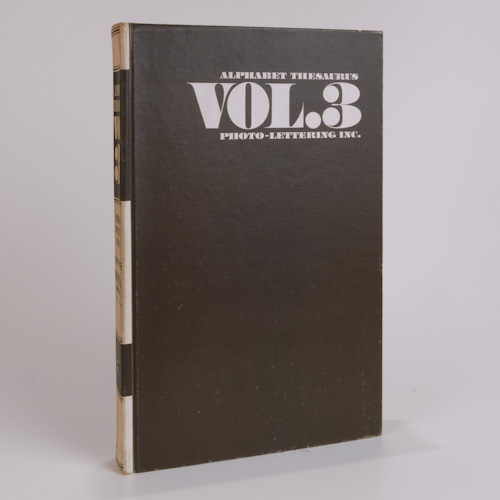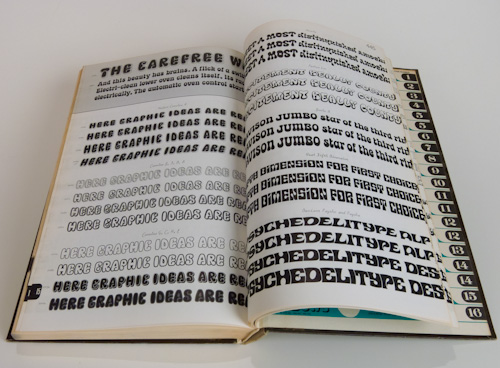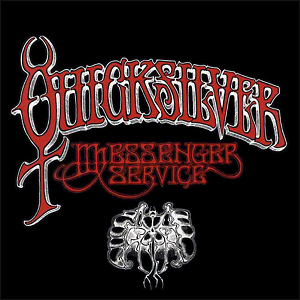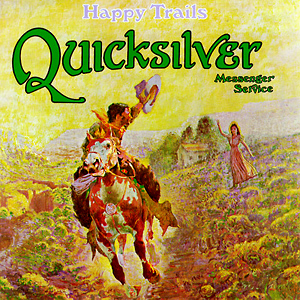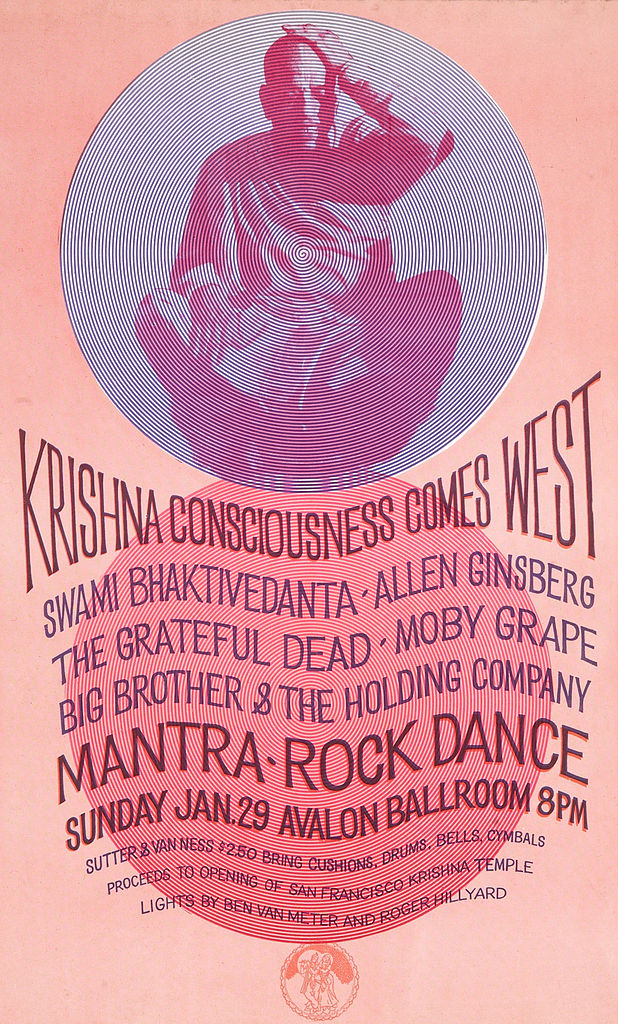
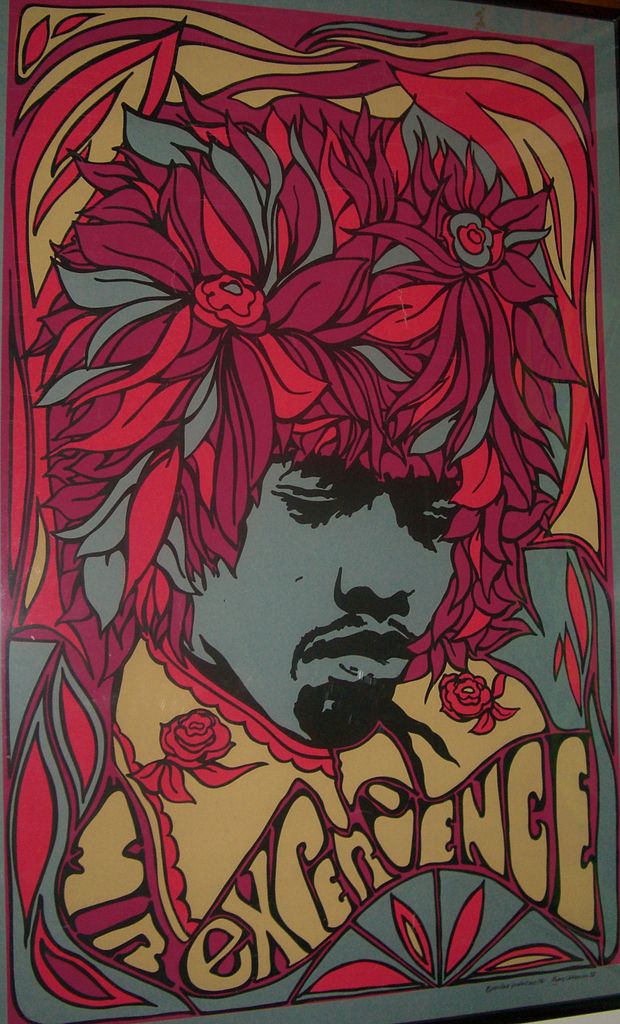
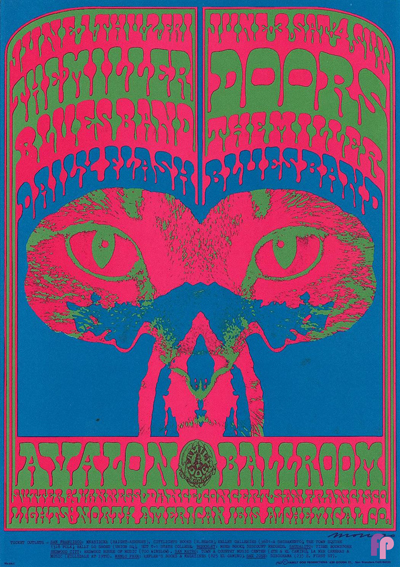
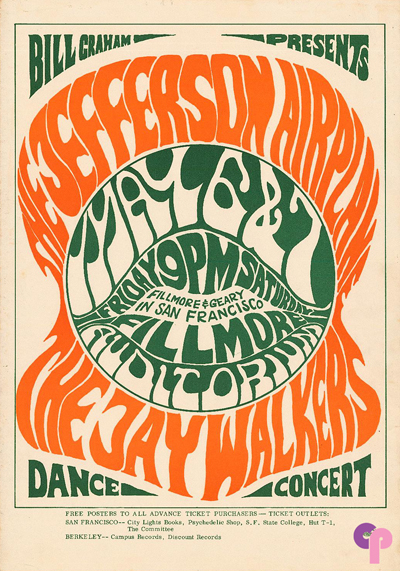
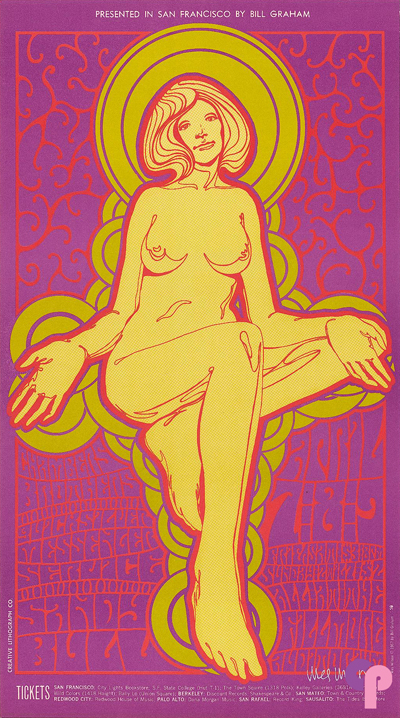
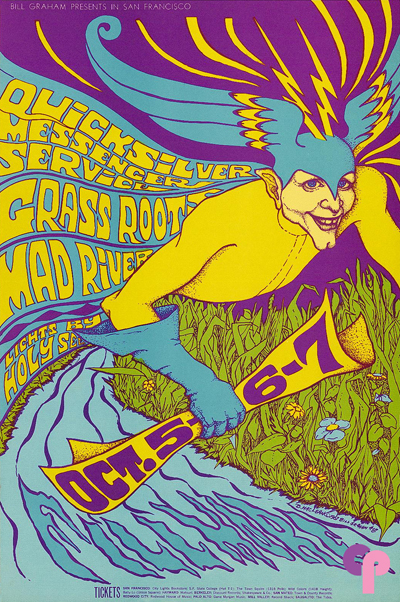
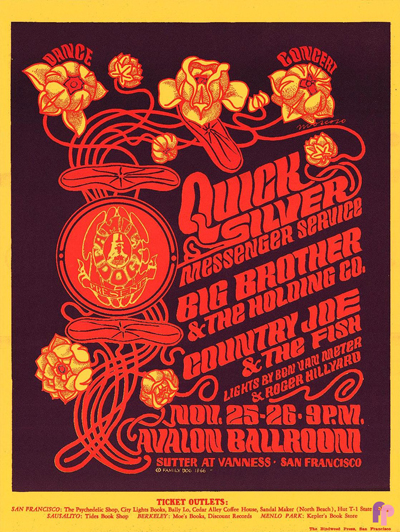
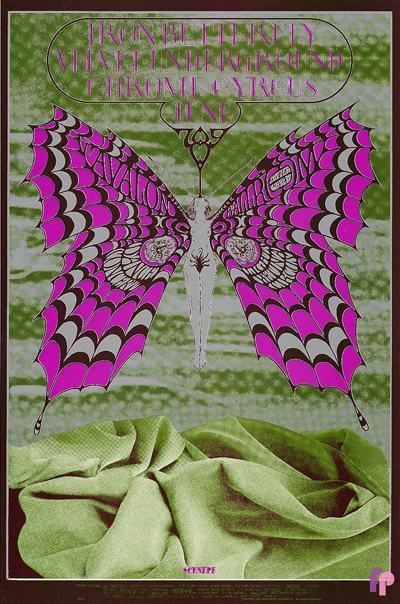
We have had interest and several serious inquiries regarding our hard bound manual of typefaces: Alphabet Thesaurus Vol. 3, published in 1971. As collectors, and designers, we have long held a fascination with type. We received a note from a graphic designer and typographer, Alex Sheldon, whose foundry is called Match and Kerosene. As a freelancer, he has “had the pleasure to work with the likes of Fearless Records, Warner Brothers Records, Motown/Universal, Epitaph Records, and Tooth and Nail/EMI.” His fonts are available through My Fonts. As fellow type and hand lettering fanatics, we thought we would acknowledge him and share some of the original inspirations for our interest.
Our initial interest in hand lettering and fonts was kindled in youth, by the lettering and graphics designed for use in print media in the 60s and 70s. Posters, handbills, album covers, dust jackets, still memorable examples of posters for legendary bands including Cream, Blue Cheer, Traffic, Quick Silver Messenger Service, Moby Grape, the Grateful Dead, Jefferson Airplane, Janis Joplin, Big Brother and the Holding Company, the Doors, the Velvet Underground, and countless others.
Posters by unknown and marginally known artists, such as Wes Wilson, Bob Fried, Gary Grimshaw, Lee Conklin, Bob Schnepf, Bonnie MacLean, as well as the giants, Stanley Mouse and Alton Kelley designing under the moniker, “Family Dog” or Victor Moscoso’s “Neon Rose.” The posters and handbills they created for shows at landmark venues for promoters such as Bill Graham Productions, including the Fillmore Auditorium and the Avalon Ballroom, are highly collectible ephemera today. Boasted as “the world’s largest dealer” in rock and roll posters from that era is ClassicPosters.com. Other resources include Psychotron Posters and Wolfgang’s Vault. The original hand drawn graphics of this era are inspirational. The vibrating and psychedelic effects of some are visually boggling, even to those adept at the latest design apps available through Adobe.
Just the beginning of lost creative innocence, because our interest evolved further with jazz artists and the covers for their vinyl recordings. But beyond even those seminal interests associated with advertising art, however subliminally, we as artists, have sought out and used fonts in our creative endeavors. Paying homage to the creators of well known and well used fonts, as well as more obscure and headline fonts in our work as artists, in print, and through use in our neon and dimensional signage and sculpture. All are bits and pieces of a curious creative continuum.
